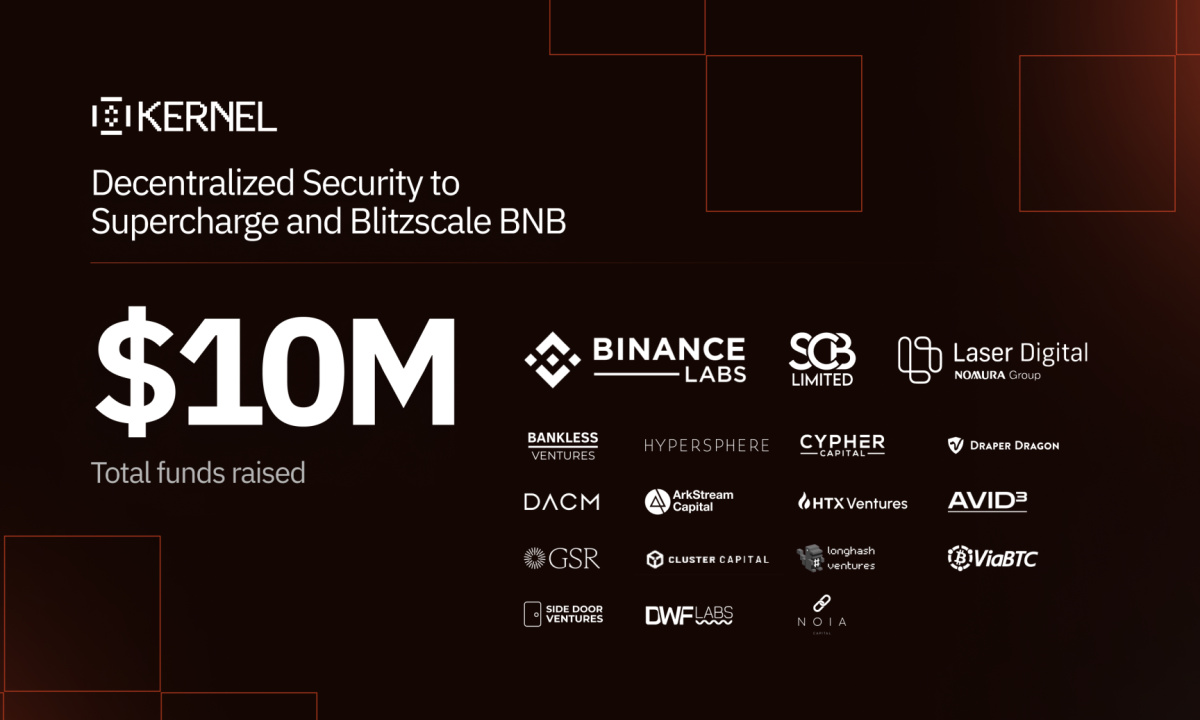
The current developments in the cryptocurrency market are mostly driven by big triggers such as Trump’s election win, which spurred a rally across Bitcoin (BTC) and other cryptocurrencies, according to a new institutional report published by DWF Labs. The analysis provides crucial insights into the recent patterns in the market. A goal that has been bandied about since 2021, Bitcoin is getting closer and closer to reaching a milestone price of $100,000, which indicates vigorous market activity and investor confidence.
Trend Analysis of Bitcoin
Bitcoin has shown a significant upward momentum ever since the debut of exchange-traded funds (ETFs). A number of metrics, such as Exponential Moving Averages (EMAs), demonstrate persistent bullish dynamics:
- From August till November, the short-term exponential moving averages (13 and 25) showed positive spreads.
- Ever since September, the medium-term exponential moving average (50) has served as a support amid pullbacks.
- Since July, long-term exponential moving averages (for example, 100) have been indicating a bullish alignment.
These tendencies indicate that there is a considerable likelihood that prices will continue to rise, with warning indications such as shorter-term exponential moving averages crossing below longer-term ones or EMA compression signifying the possibility of price reversals.
Spot Market Dynamics: Binance vs. Coinbase
The current rise occurred at the same time as the restoration of a premium on Coinbase, which meant that the spot price of Bitcoin on Coinbase was higher than the price on Binance. If you compare this premium to Binance premiums, which often reflect larger market involvement, you will see that this premium frequently indicates renewed institutional interest. Keeping an eye on these dynamics might provide valuable insights on changes in the industry.
Stablecoin, DeFi, and Sectorial Trends
It is predicted that the triumph of Trump would result in the deregulation of cryptocurrencies, which will be beneficial to sectors such as decentralized finance. The proliferation of stablecoins such as USDT and USDC is leading to an increase in both liquidity and adoption, which in turn is strengthening the possibility of a regulatory environment that is less restrictive.
It is interesting to see that meme tokens have overperformed in terms of returns, most likely as a result of retail interest, while other sectors are stabilizing, which suggests that they are maturing.
Emerging investing schemes include the incorporation of infrastructure projects and real-world assets (RWAs) into decentralized finance (DeFi). These tendencies point to narrative changes within the market as well as increased institutional adoption.
Conclusion
In the year 2024, the cryptocurrency market has reached a mature stage, exhibiting unique institutional and retail behaviors, as well as more distinct sector performance patterns. Furthermore, the success of Bitcoin, in conjunction with the expansion of the industry, demonstrates growing institutionalization while maintaining retail options. When it comes to determining the progression of the market, metrics such as Total Value Locked (TVL) in DeFi and stablecoin usage are quite important. Monitoring the flow of major cryptocurrencies is still an essential part of determining the momentum of the market and managing the risks associated with investments.






